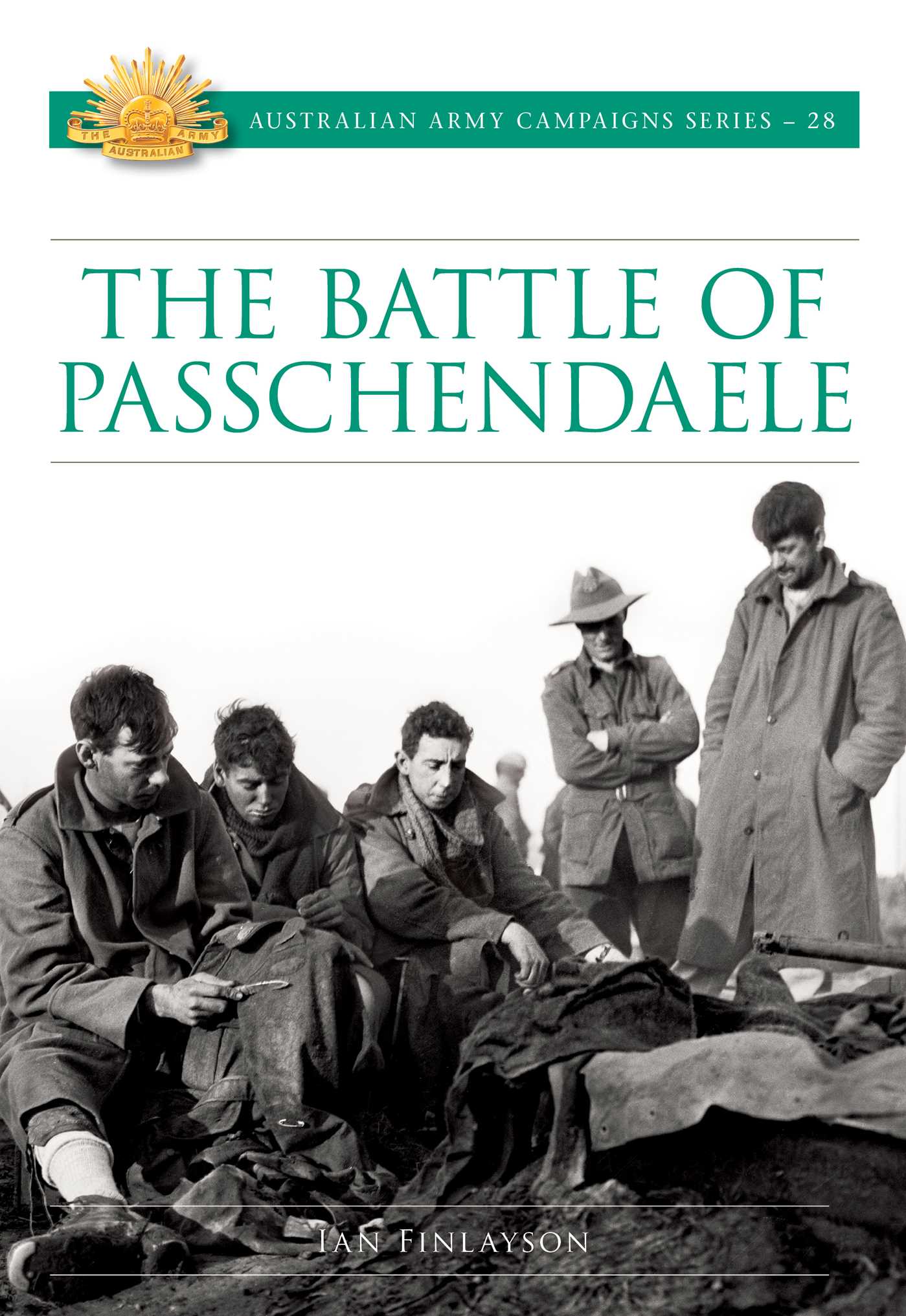This is yet another excellent publication in the Australian Army Campaigns series.

[Australian Army Campaigns Series – 28]
Ian Finlayson
Crows Nest, NSW: Big Sky Publishing, 2020
Paperback 172pp RRP $19.99
Ian Finlayson’s career in the military and academia place make him an ideal author to tackle the comparison between the Australian’s failure and the Canadian’s success in capturing Passchendaele.
Finlayson has systematically examined the background to the battle where divisions had little autonomy as they were components of the corps that formed the individual armies undertaking the major battles. The 1917 battle for Passchendaele was the Third Battle of Ypres – the First being in the October-November 1914 race to the Channel coast resulting in the establishment of the Ypres salient. The German attempt to eliminate this salient in April and May 1915 was the Second Battle.
By 1917, the belligerents were using different tactics in an attempt to break the deadlock on the Western Front. The Allied offensive and the German defensive tactics are examined, as well as the changes in commanders at army level and the development in weaponry. The planning and execution of the II ANZAC Corp’s unsuccessful attack on 9 October has been elaborated in considerable detail. The Corps included Monash’s 3rd Australian Division. The shortcomings of the plan which depended on a fire plan based on scant artillery ammunition supply and the guns being incapable moving forward quickly, coupled with the failure of some brigades and divisions involved to achieve even their initial objectives, resulted in the inevitable failure of the attack. It was a matter of days before the battered troops, who had been forced to defend their tenuous new positions, were able to be relieved and able to withdraw.
The Canadian Corps were successful in their attack which occurred during the period 26 October – 10 November. Lieutenant General Currie, with personal reconnaissance of the ground, used the Australian’s objectives as individual phases of his battle plan. This enabled his artillery to move forward and be resupplied with sufficient ammunition for subsequent phases to be fully supported.
Fortunately the ANZAC Corps learned lessons from this battle and was to become a most formidable force during the ‘last 100 days’ in 1918.
Being relatively short has made this a very readable work. The interspersing of CVs of commanders and VC winners, battle maps, weapons and photographs at the appropriate point has enabled the reader to have a fine overview of the critical elements being examined. This is an impressive volume indeed.
Reviewed by Neville Taylor, October 2022 for RUSIV
Contact Royal United Services Institute about this article.






